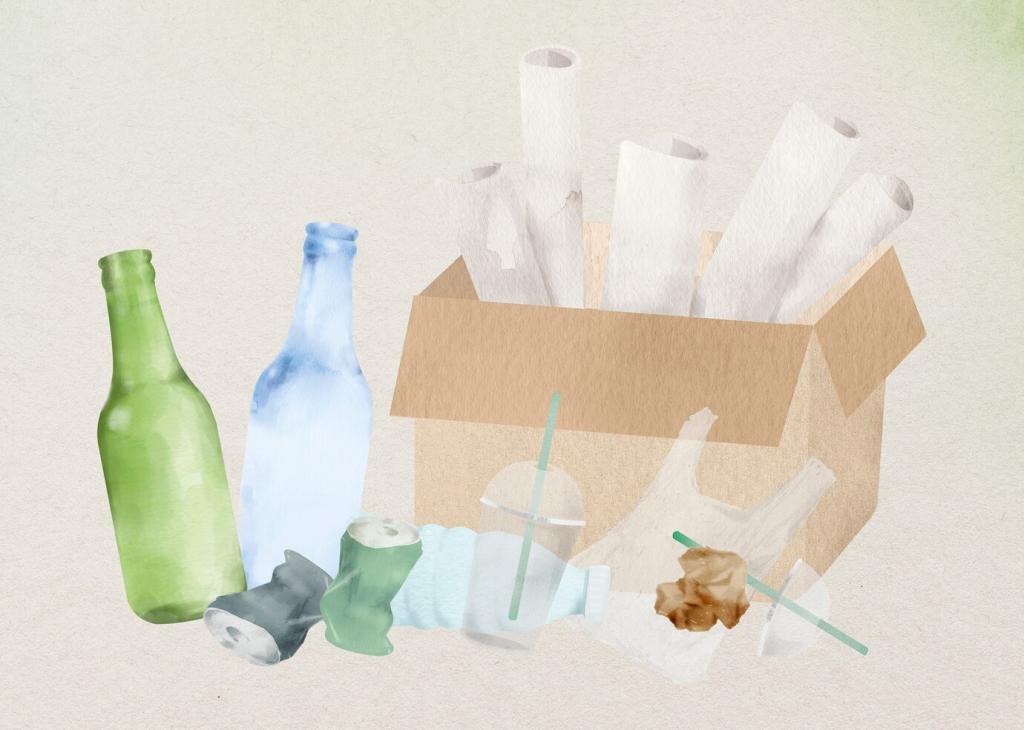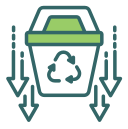Upcycling Projects to Reduce Waste
Benefits of Upcycling for the Environment
Waste Reduction Through Creative Reuse
Every upcycling project starts with a commitment to reduce waste. By reimagining everyday objects and giving them a new purpose, less material ends up in the trash. For example, turning a glass jar into a decorative lamp prevents it from joining the ever-growing heaps of glass waste. Such creative efforts not only cut down on the volume of refuse sent to landfills but also promote a mindset of conservation and resourcefulness. Waste reduction through upcycling is vital because it offsets the environmental impacts associated with production and disposal, such as greenhouse gas emissions and water pollution. Each reused item represents a tangible decrease in the demand for new raw materials and energy-intensive manufacturing, underscoring the environmental significance of upcycling.
Conserving Energy and Resources
Upcycling slows the depletion of natural resources by reducing the need for extraction and processing of raw materials. Traditional manufacturing consumes significant amounts of energy and water, contributing to carbon footprints and environmental degradation. In contrast, upcycling uses items already in circulation, bypassing the energy-intensive steps involved in making new products. For instance, refurbishing wooden pallets into furniture conserves the trees, water, and power needed to produce new pieces. This method also reduces greenhouse gas emissions generated during conventional manufacturing. Through upcycling, individuals take an active role in preserving the Earth’s limited resources, making it a meaningful and accessible way to combat environmental issues.
Encouraging a Circular Economy
Upcycling is a cornerstone of the circular economy, an economic model that prioritizes longevity, reparability, and reuse of products and materials. Unlike the traditional linear economy—which follows a “take, make, dispose” approach—a circular mindset eliminates the concept of waste by designing for continual use. By upcycling, people contribute to a system where products have extended lifecycles, and value is created from items that might otherwise be considered obsolete. This approach not only addresses waste but also stimulates innovation, as individuals and organizations find new uses for old materials. Embracing a circular economy through upcycling fosters resilience, creates local jobs, and encourages sustainable lifestyles.
Creative Ideas for Upcycling Everyday Items
Transforming Glass Jars and Bottles
Glass jars and bottles are common household items often discarded after their original use. However, they hold significant upcycling potential due to their durability and transparency. By washing and decorating them, these containers can become elegant vases, storage solutions, or even quirky table lamps. Adding paint, twine, or fabric allows for customization, matching the decor of any room. Upcycled jars serve as eco-friendly alternatives to plastic storage, helping reduce single-use packaging waste. Furthermore, repurposed bottles can be cut and sanded to create drinking glasses or garden planters, extending their lifespan and keeping them out of recycling centers and landfills.
Repurposing Old Clothing and Textiles
Textile waste is a growing environmental concern, yet old clothing and fabrics can be a goldmine for upcycling projects. Instead of throwing away worn-out garments, consider transforming them into useful and fashionable items. T-shirts can become reusable grocery bags, turning textile waste into sustainable alternatives that drastically cut down on plastic usage. Jeans can be reworked into storage pouches or patchwork quilts. Even small fabric scraps find new life as cleaning rags, jewelry, or decorative accents for other upcycled creations. These projects not only reduce textile waste but also celebrate individuality, as each item carries the story and texture of its original form.
Revamping Outdated Furniture
Discarded or outdated furniture often ends up on curbs or in landfills, yet these pieces can be revitalized into functional art through upcycling. With sanding, painting, or reupholstering, an old chair or dresser takes on a new personality and purpose. Transforming a vintage drawer into a unique wall shelf, or converting a pallet into an outdoor bench, channels creativity while saving resources. Revamping furniture extends its life, diverts bulky waste from disposal sites, and saves money that would be spent on new items. Each project serves as a testament to craftsmanship and the enduring value of quality materials that might otherwise be overlooked.
Community workshops centered on upcycling invite residents to collaborate, share ideas, and learn hands-on skills for repurposing waste. These gatherings turn waste reduction into a social activity, sparking creativity and goodwill among participants. Workshops might focus on transforming discarded materials into public art, household items, or playground equipment. By pooling resources and knowledge, communities develop a sense of pride in their achievements and create tangible results that benefit everyone. Such initiatives also amplify awareness about local waste challenges, empowering people to address these issues through practical action and creative solutions.

